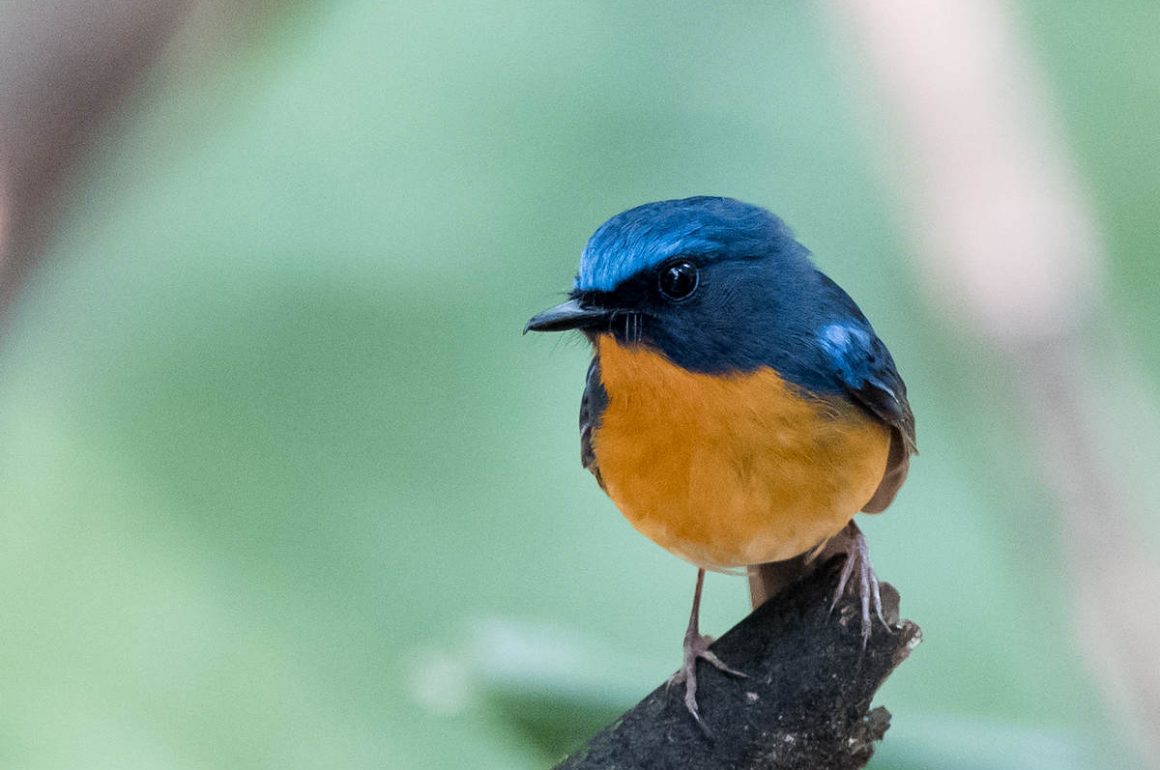
Apparently, historically there never was such a thing as a “Ius Primae Noctis” – one myth about the Middle Ages that can be safely discarded, though other unpleasant aspects of that period such as the very low level of dental hygiene and the occasional peer pressure to participate in a crusade are still valid. The closest the poor writer of a blog has to a “Ius Primae Noctis” is the right to discuss things that are totally irrelevant to the supposed topic of the blog. Like for me, to talk about the song “Kiss your lips” by Allo Darlin’, and to quote some of the lyrics, such as
“In a fairground in the middle of Paris
You tried to prove to me your manliness
By winning me a teddy bear”
or
“All the pretty people that we meet
Eat organic and buy green electricity
All the pretty people that we meet
Are so much more successful in their careers than me”
Of course, you can just skip this part of the blog and move to the part on Nabang birds. Nabang is a town in Yingjiang county, Yunnan province, China – it is right on the border with Myanmar (there actually is a border crossing more or less right inside Nabang).
Let me start by saying that I am very glad that there were no Japanese Tits at Nabang. So for once, I do not have to come up with any semi-funny, pseudo-pornographic jokes.
Instead, I can just present another bird, the Greater Coucal.
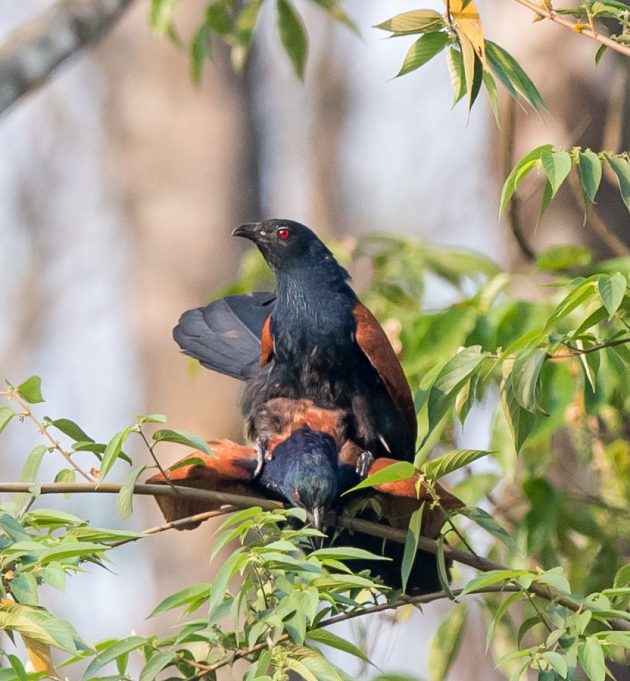
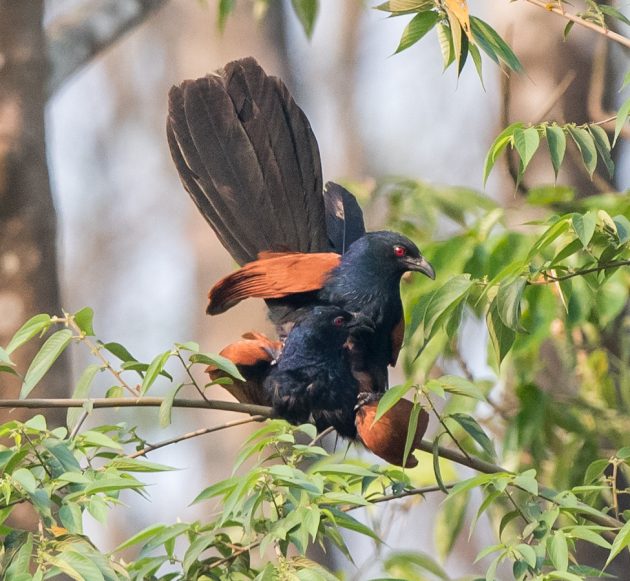
Apparently, Greater Coucal body parts are used as traditional medicine by some rural Malays.
Another common way for these birds to die is on roads – a study in a forest district in Maharashtra, India found that the Greater Coucal was the most dominant species found dead in road vehicle collisions.
When teachers are not teaching, what do they do? In Bangladesh, apparently, they conduct studies like this one titled “The vertebrate fauna of the Teachers’ Quarters-2 of Saidpur Cantonment Public School and College, Nilphamari, Bangladesh”. And yes, they have Greater Coucals in the teachers’ quarters.
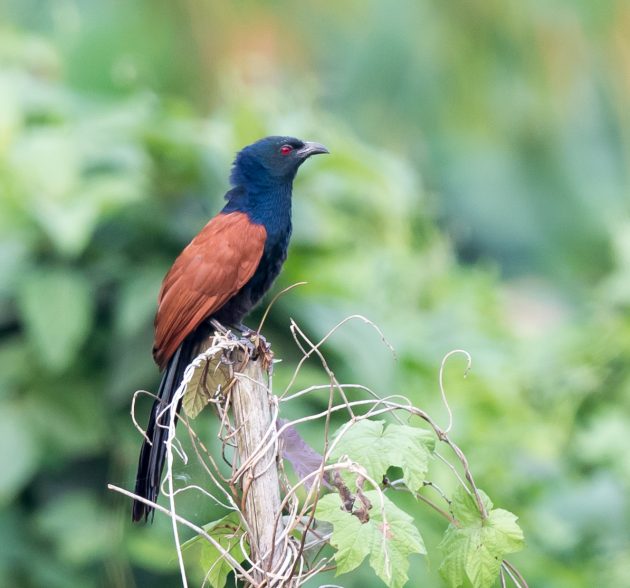
There are at least three different kingfishers at Nabang: The Common Kingfisher (a male – see the black lower mandible [ornithologist speak for beak part] – this would be orange in a female – you may also see the slightly stern facial expression of the bird, an expression of its desire to express its strong masculinity) …
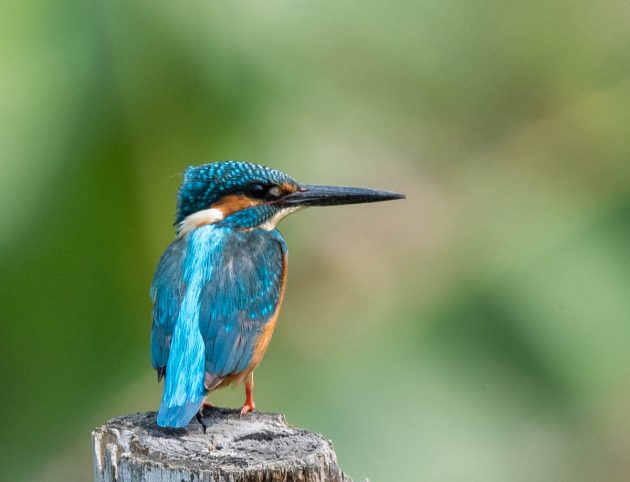
… Pied Kingfisher (a hovering male with the second, slimmer breastband that the females apparently think of as very sexy) …
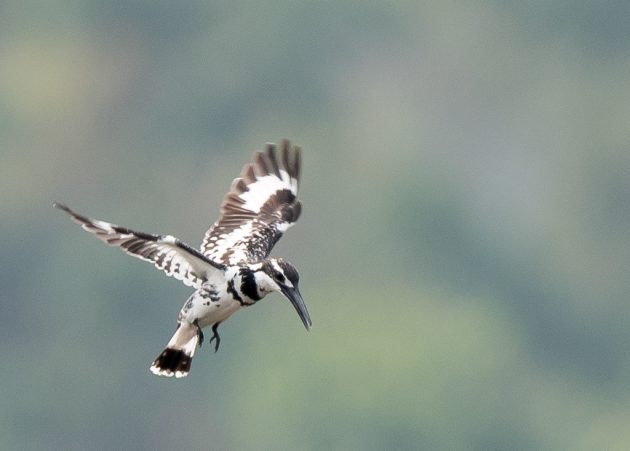
… and the White-throated Kingfisher (no idea which sex – I felt it was impolite to ask. Though my expertise regarding another animal species – homo sapiens – leads me to believe that this show-offish pose indicates a male bird).
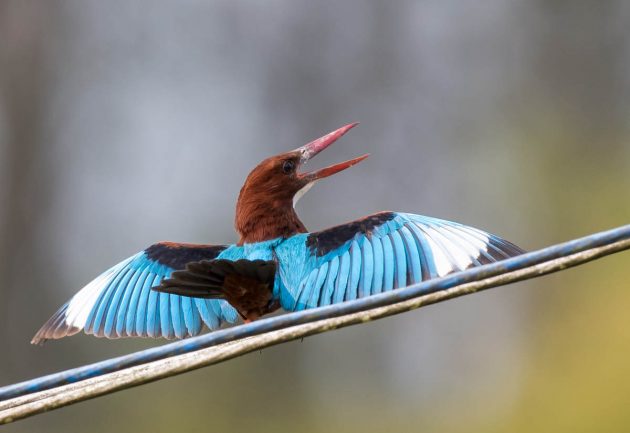
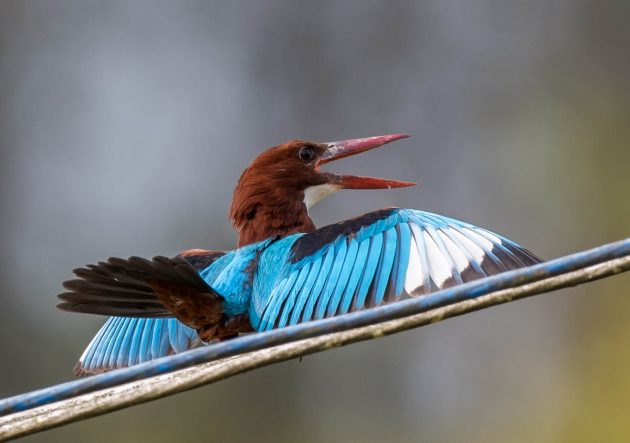
Black-throated Sunbirds mostly live off nectar but also catch insects and spiders to get sufficient protein, particularly when feeding chicks.
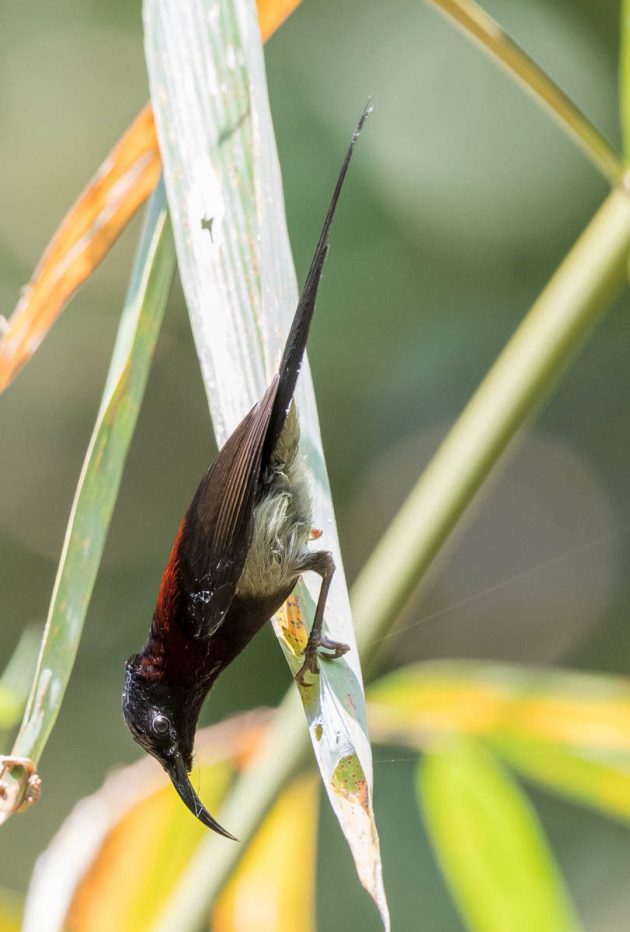
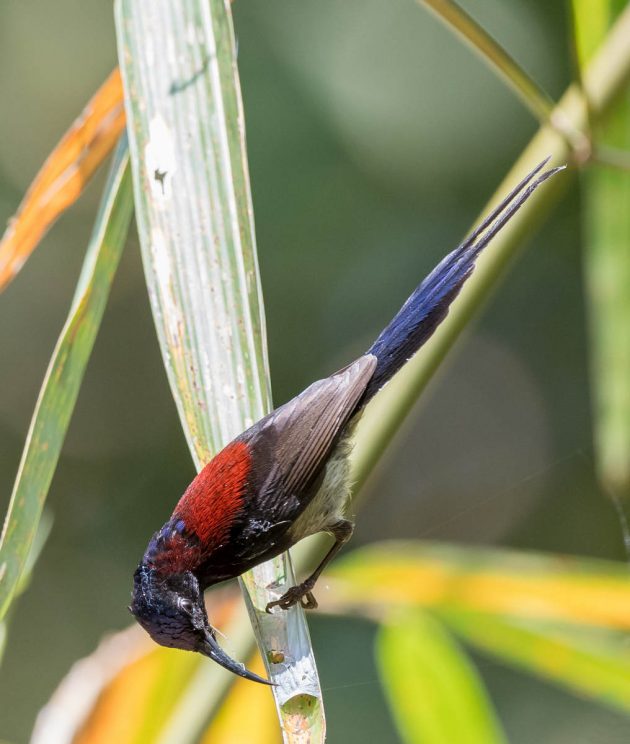
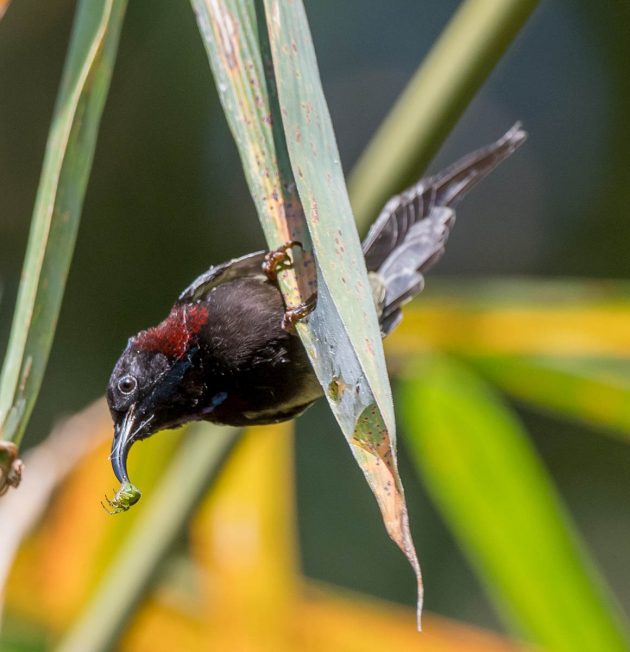
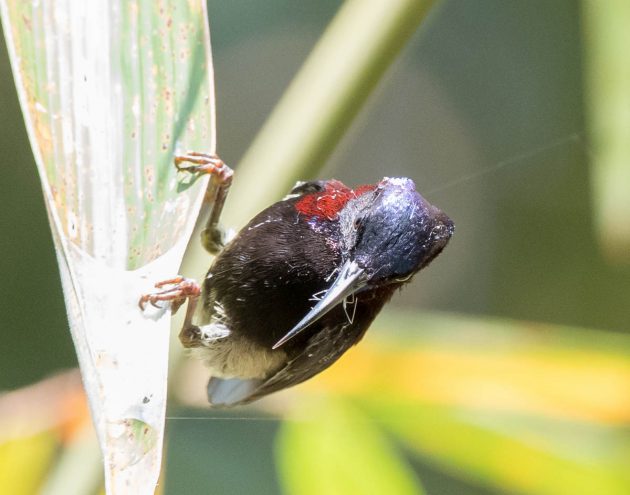
If you think that the photos shown here are not as good as the ones taken by Craig Brelsford and shown on his Shanghaibirding website, I fully agree with you.
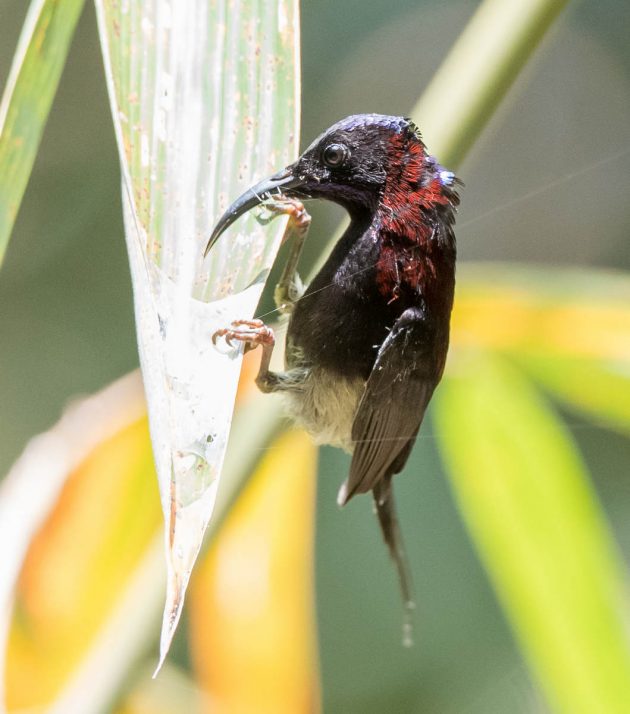
There are quite a few flycatcher species around here – some colorful, some rather dull.
The Brown-breasted Flycatcher is definitely in the first category. eBird calls it a “dull but rather cute flycatcher”. Contrast this with the HBW statement with its “we are serious ornithologists” attitude: “Medium-sized, large-headed, olive-brown forest flycatcher”. I know who I would rather have a beer with (though the HBW people probably prefer wine anyway, shame on them).
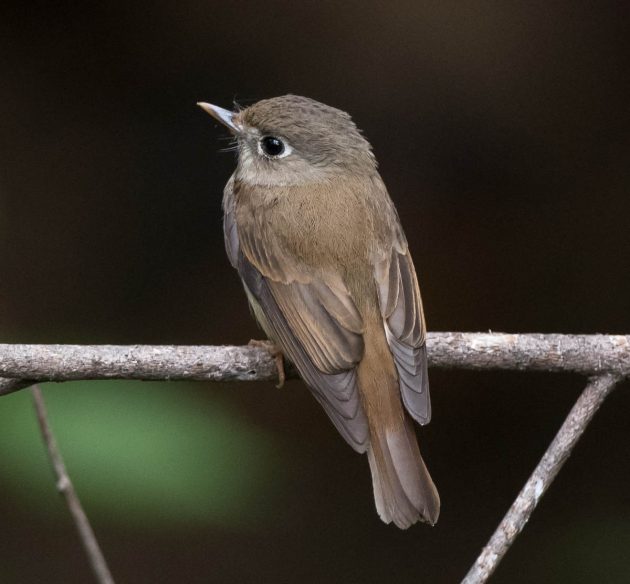
If you hear a “sound like a branch of a forest tree creaking in the wind”, maybe you have heard a Taiga Flycatcher – at least if you trust the description of its vocalization in the HBW. Maybe they do drink quite a bit of wine at least occasionally.
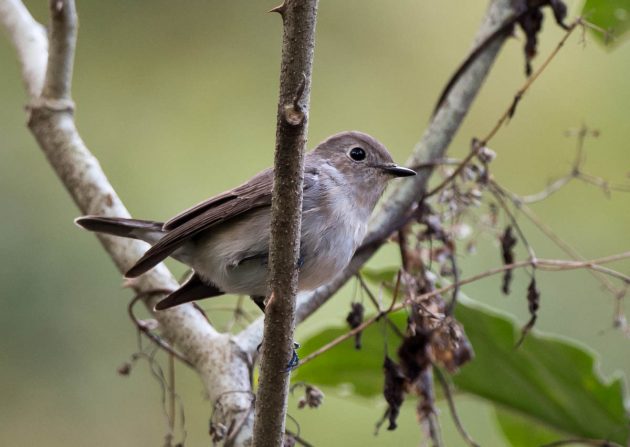
The Sapphire Flycatcher should clearly have hired a better photographer – this photo makes the species look less attractive than the next one.
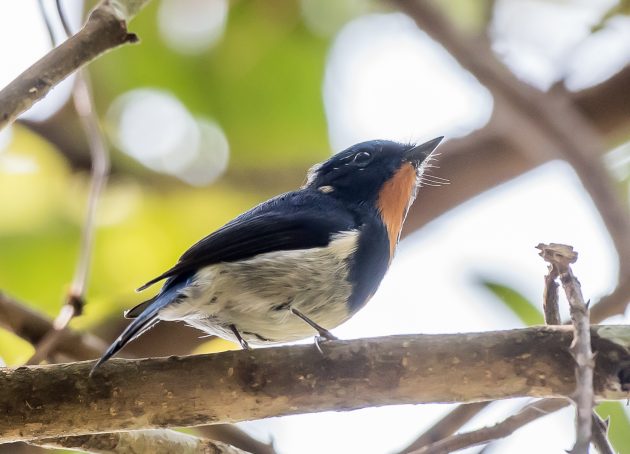
The Hill Blue Flycatcher is probably the most attractive among the flycatchers here, even though the HBW calls it “rather unobtrusive”. I guess they do not mean the colors but rather that it does not play loud music next to your bedroom at night.
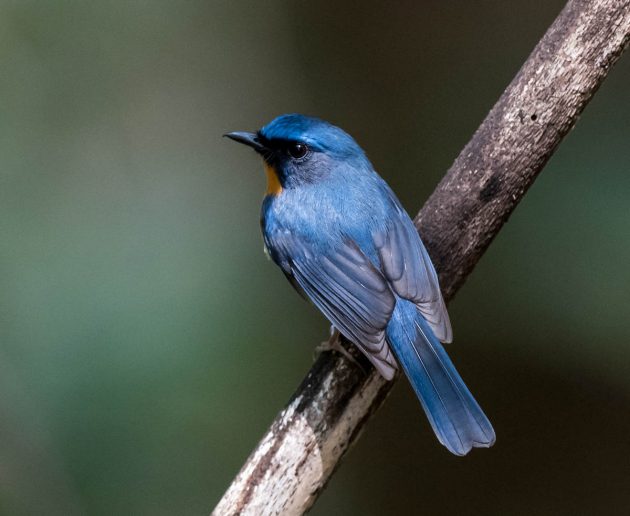
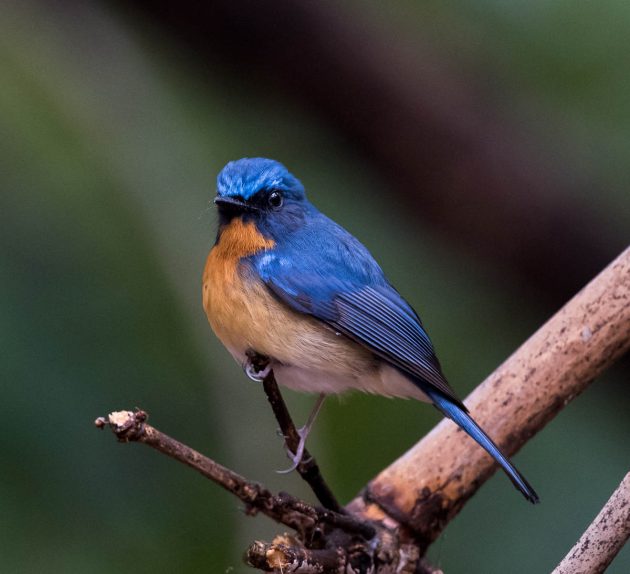
The Latin species name whitei is in recognition of the Australian Samuel Albert White (1870 – 1954) who Wikipedia describes as a “racehorse owner, soldier, explorer, conservationist and amateur ornithologist”. Maybe it would have made more sense to name a racehorse after him than a bird species.
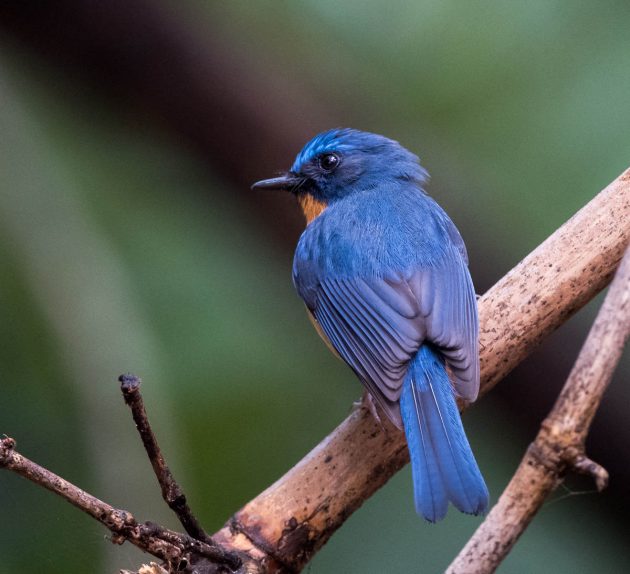
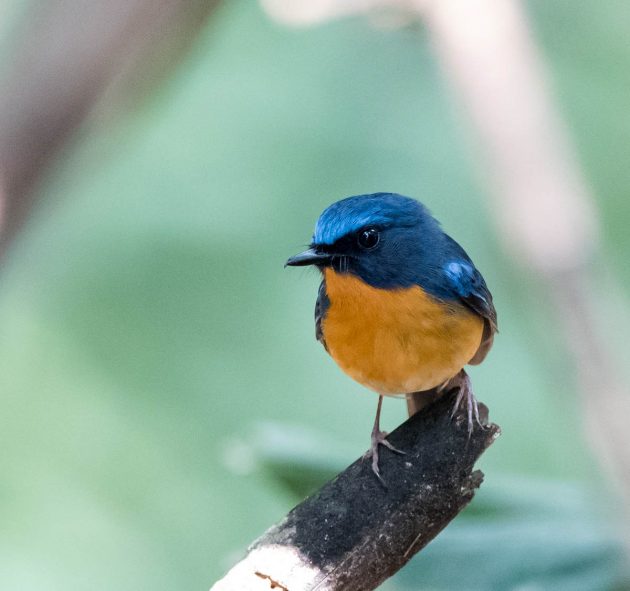
The richest Cattle Egrets in Nabang own more than 50 animals each and guard them carefully.
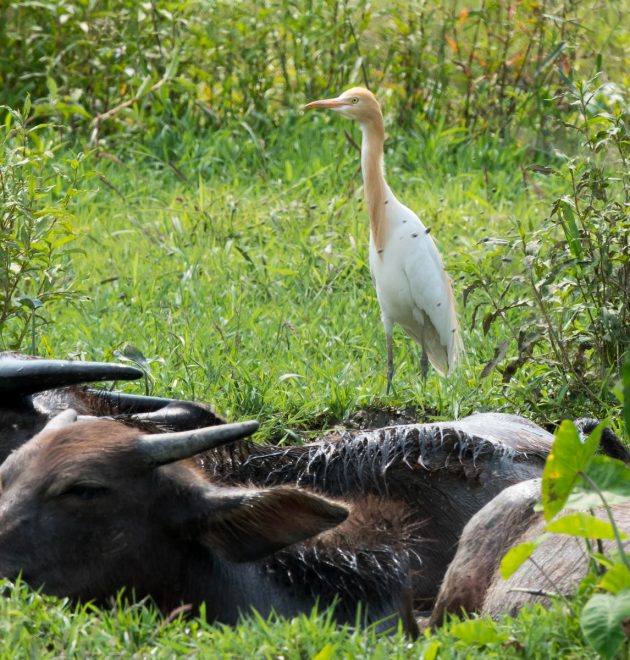
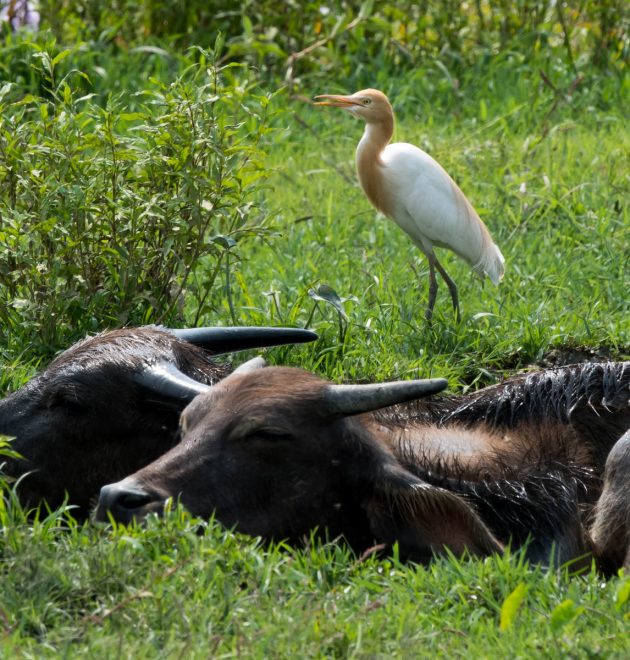
Below is either a Bianchi’s Warbler or a Marten’s Warbler. In the golden days of the past, these two and four other species were all just combined as Golden-spectacled Warbler.
Even eBird is not so sure that this is progress, describing Bianchi’s Warbler as “one of a number of mind-numbingly similar Seicercus warblers”. The Russian Ornithologist Valentin Lvovich Bianchi (1857-1920) is responsible both for the English name of the bird (his last name) and the Latin name valentini (his first name). It seems his middle name Lvovich did not get used as a bird name though [I did not make this bit up, honest!].
Strangely, eBird is much more positive about Marten’s Warbler despite admitting that it looks practically the same: “A bright and attractive small warbler with many virtually identical relatives”. While the Latin species name omeiensis sensibly refers to a location in China (Emei Shan), the English name Marten seems to refer to a Jochen Martens, a professor at the University of Mainz. It seems the split of the Golden-spectacled Warbler has given several contemporary ornithologists such as him and Mr. Alstroem a chance to get their names into the checklists of birders. A bit embarrassing, I think, though I have to admit I have not had a chance to refuse to have a bird species named after me yet.
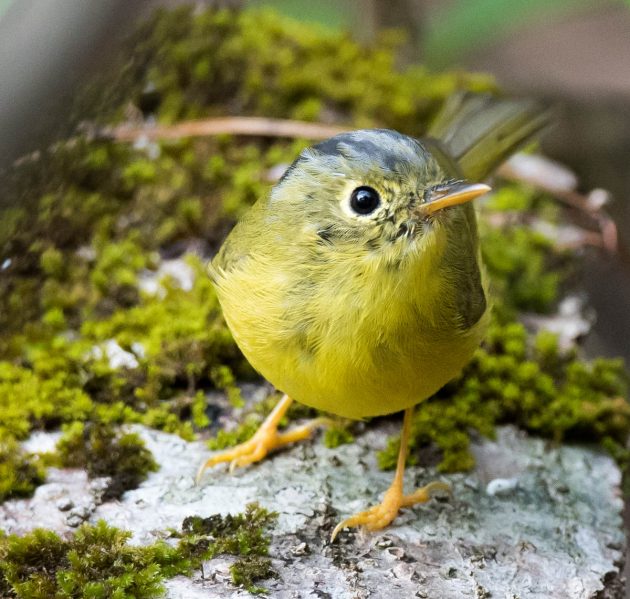
The swampy land around Nabang also seems to be good wintering ground for lapwings – specifically Grey-headed Lapwing …
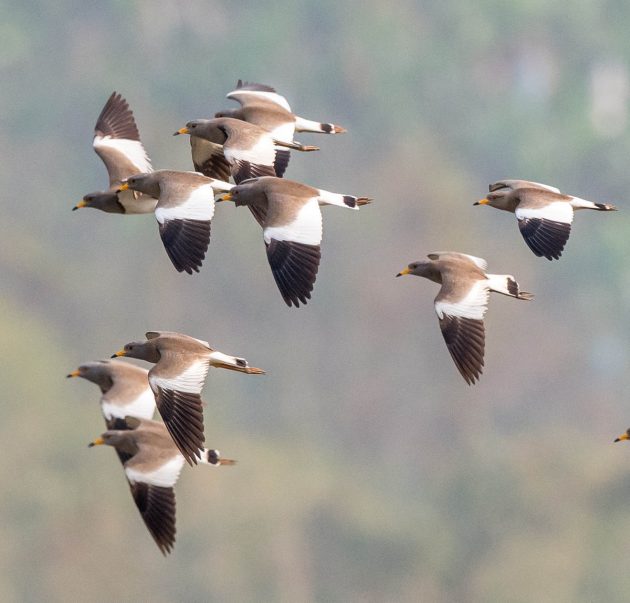
(for which a Japanese study finds that Japanese “farmers ignore the existence of Grey-headed Lapwing“)
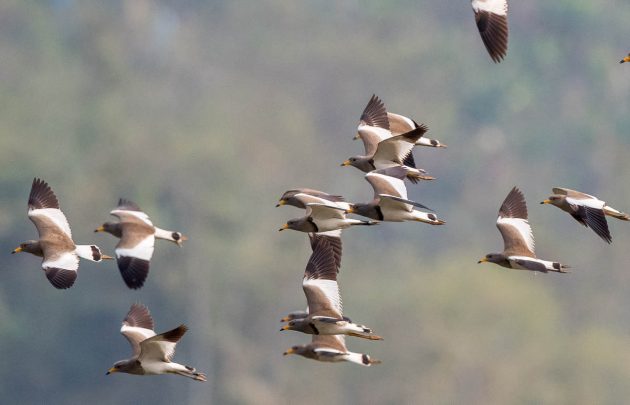
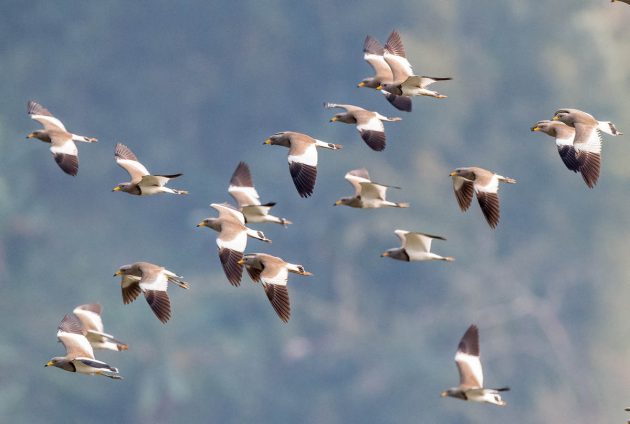
… and Red-wattled Lapwing.
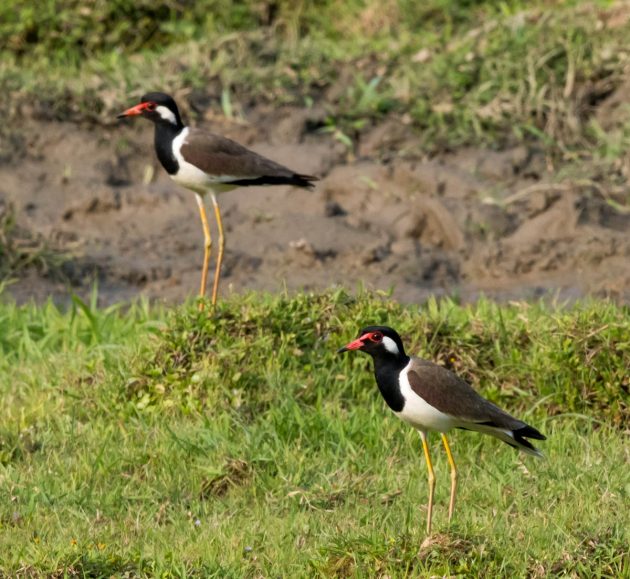
If you have friends who are Red-wattled Lapwings, tell them to read the study “The hatching success of ground- and roof-nesting Red-wattled Lapwing Vanellus indicus in Haridwar, India”, or just advise them to put their nest on a roof if possible.
The Latin species name of the Orange-bellied Leafbird is hardwickii. In the Wikipedia entry on English naturalist Thomas Hardwicke, there is the slightly strange sentence “Hardwicke was not married but had three illegitimate daughters and two sons apart from two daughters born to an Indian mistress”. I usually tend not to be overly politically correct, but still this separate counting of daughters “from an Indian mistress” strikes me as a bit weird. Like there is a ranking: Children within marriage > illegitimate children > children from a local mistress.

At a place called Banyan Tree near Nabang, one can see two parrotbill species. The Pale-billed Parrotbill has a bill with a color similar to the parrotbill shown further below but a very distinctive black eyebrow. So naturally, they did not name it for that.
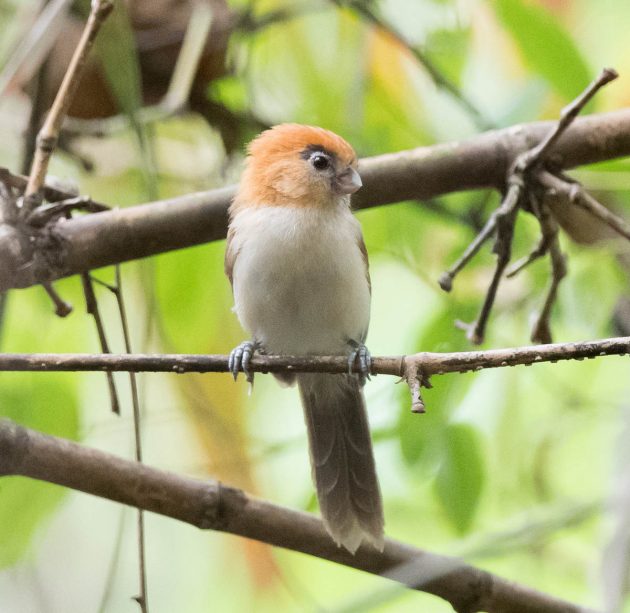
The species has friends in high places – eBird calls it an “adorable small parrotbill”
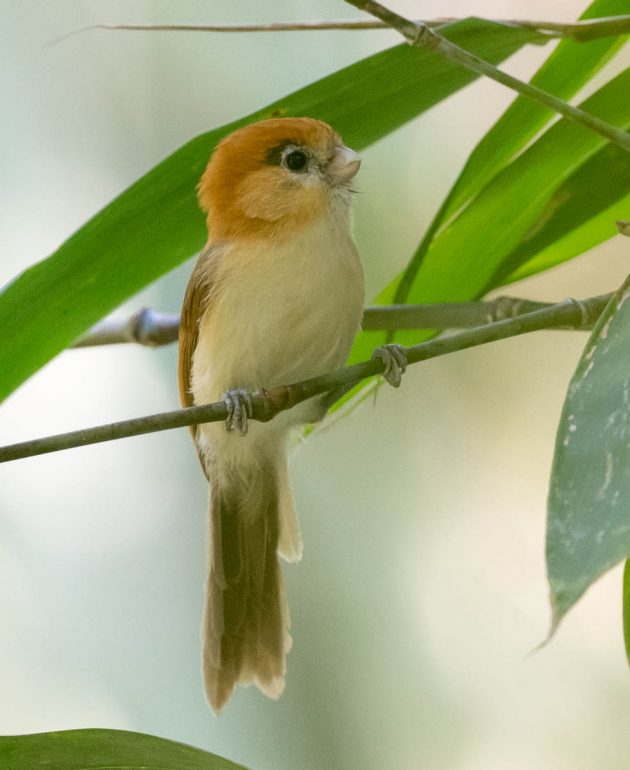
eBird also distinguishes it from the Rufous Headed Parrotbill: ” compare with larger Rufous-headed Parrotbill, which doesn’t have a brow mark”.
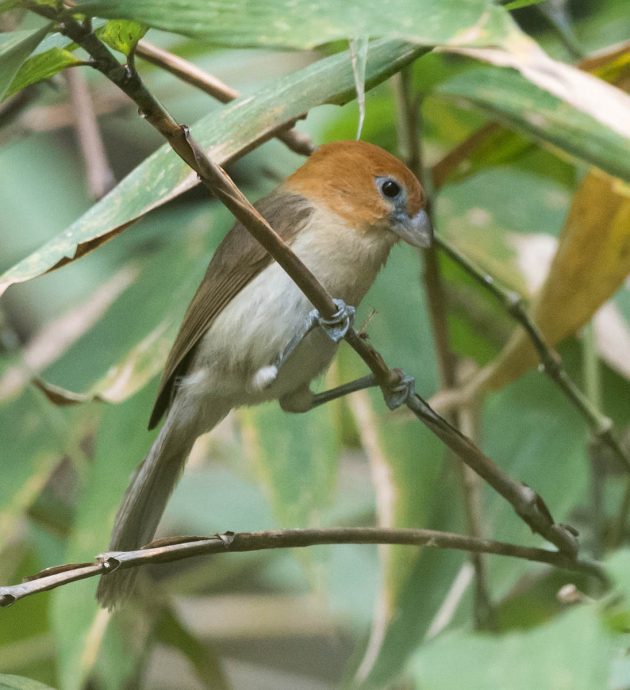
More on the Rufous-headed Parrotbill from eBird: “Very similar in appearance to the smaller Pale-billed Parrotbill; look for the latter’s short black eyebrow. Confusingly, both species are often found alongside one another in mixed flocks, typically with White-hooded Babblers.”
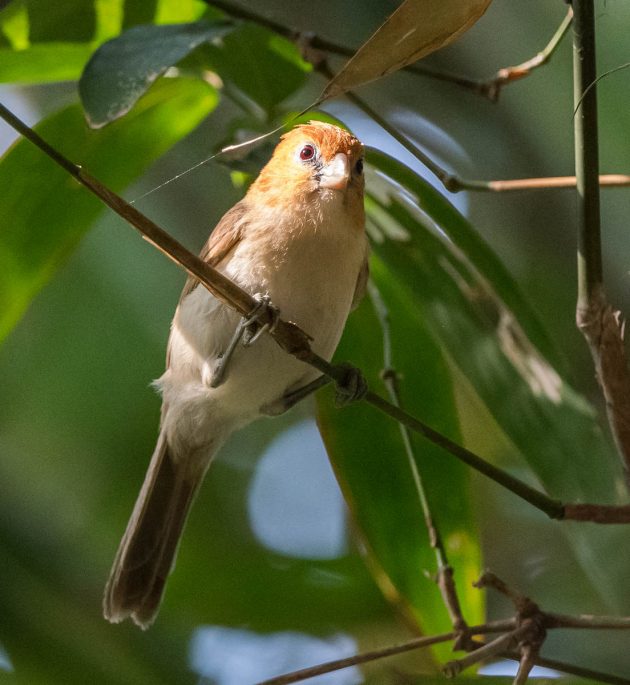
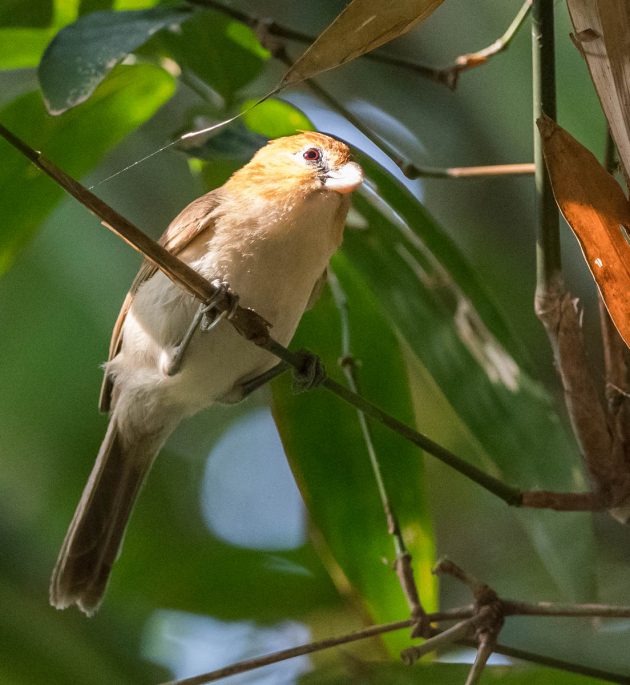
This is of course the perfect link to the White-hooded Babbler, which I indeed saw in a flock with the two parrotbills. Not a very photographer-friendly bird though.
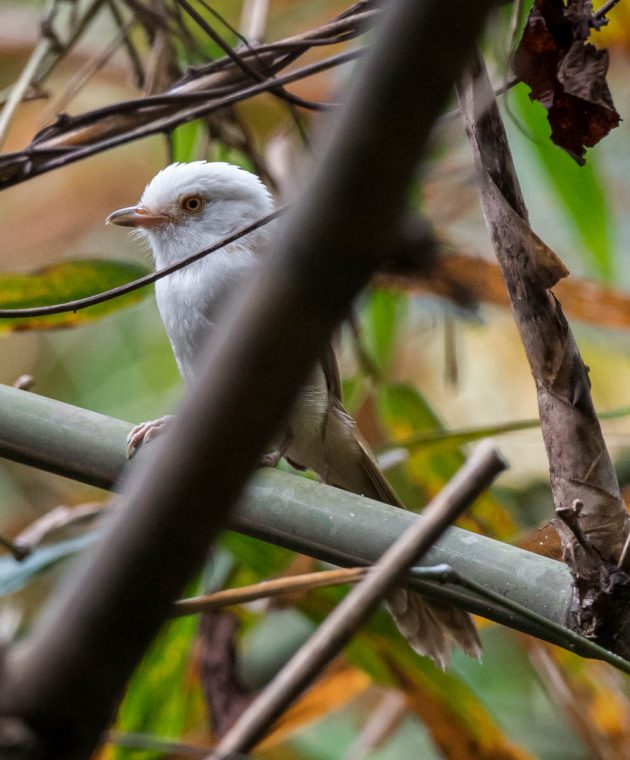
The bird’s name is a bit strange – HBW talks about its white head but some of the birds I saw had rufous rather than white heads. Rebellious juveniles?
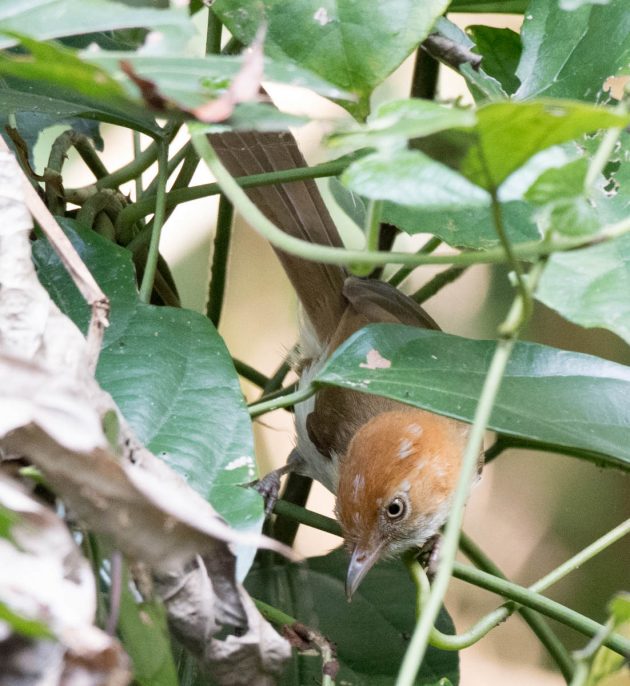
The Latin species name rufulus (“reddish”) kind of adds to the confusion.
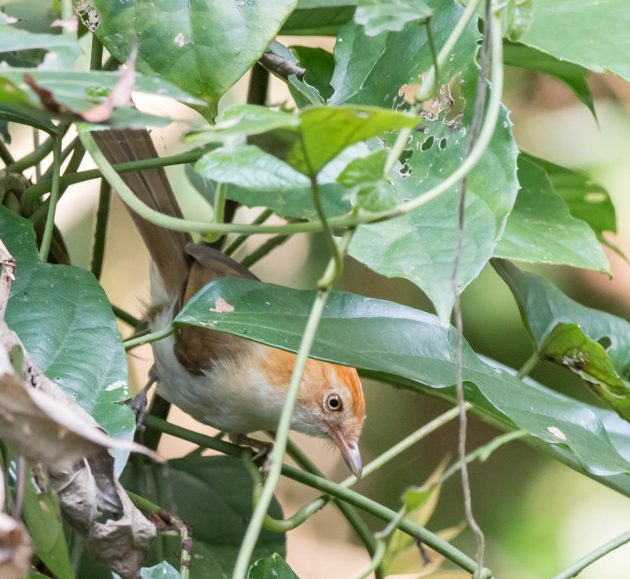
The HBW entry also talks intriguingly about “brief, edgy, subdued, conversational twangy ‘gyurt!’ notes”. Would love to hear those. Nice string of adjectives anyway.
I do not really know whether these are Pale Martins or Sand Martins.
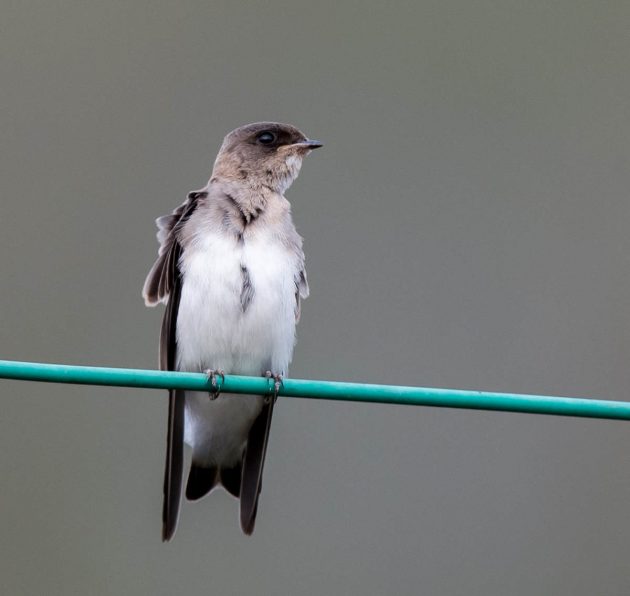
While I can read the HBW on this topic ([Pale Martin] “distinguished from similar [Sand Martin] by paler and greyer upperparts, rather dingier underparts with less well-defined breastband”), I lack the birding IQ to apply this to my photos.
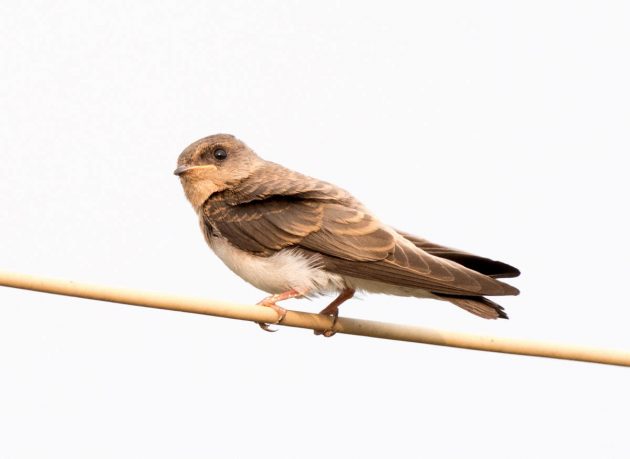
Fortunately, Barn Swallows look sufficiently different even for me.
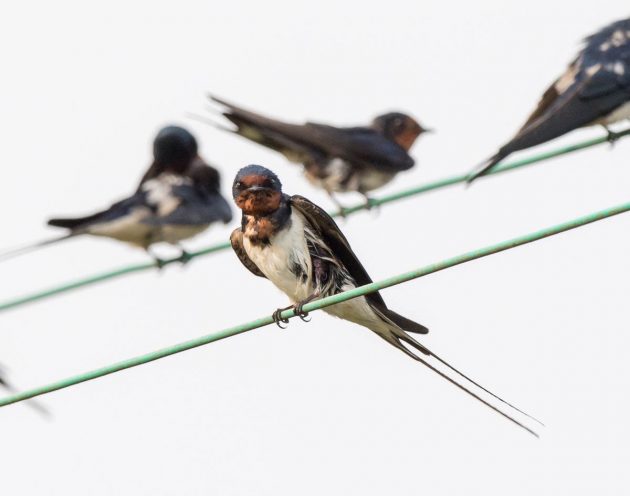
For a bird specifically called white, the White Wagtail has quite a bit of black in its plumage. Interestingly, in Tim Birkhead’s book “Birds and us” he mentions that in medieval times, people avoided eating wagtails as their shaking tails reminded them of (and thus might have thought them to cause) Parkinson’s disease. This is kind of an inversion of the “Doctrine of Signatures” of antique medicine, which states that plants similar to specific body parts are suitable to treat ailments of these body parts.
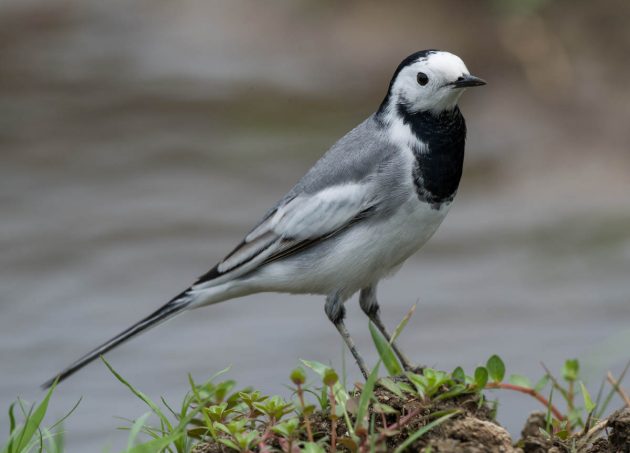
The HBW somewhat unfairly calls the Yellow-bellied Warbler an “almost featureless yellow-and-olive warbler” – I suspect the person writing this sentence has not spent much time with some of the absolutely featureless leaf warblers in China. eBird is marginally less negative, calling the species “not especially eye-catching”.

In contrast, for the Grey-headed Canary Flycatcher, eBird uses the catch-all term “unmistakable”, though it does not actually look that different to me.
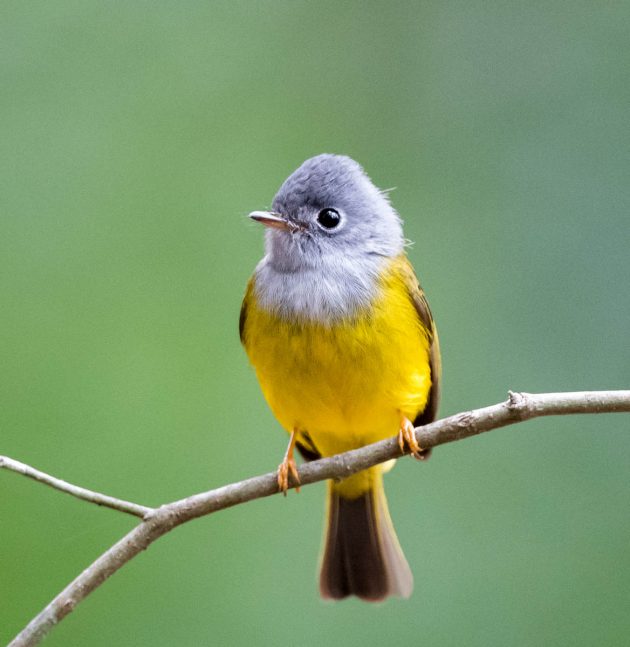
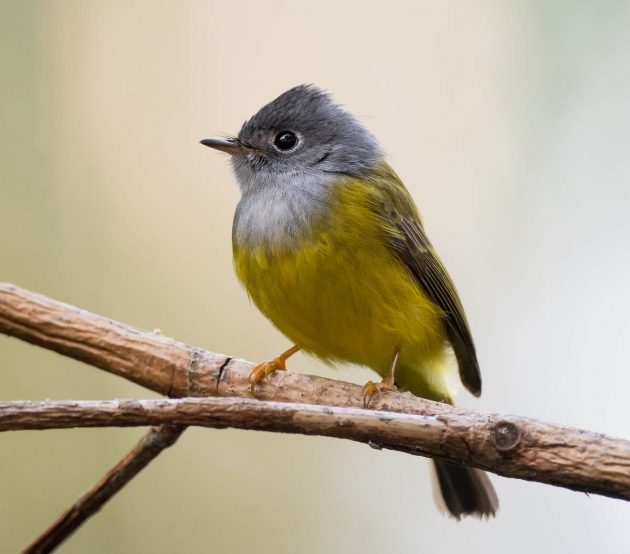
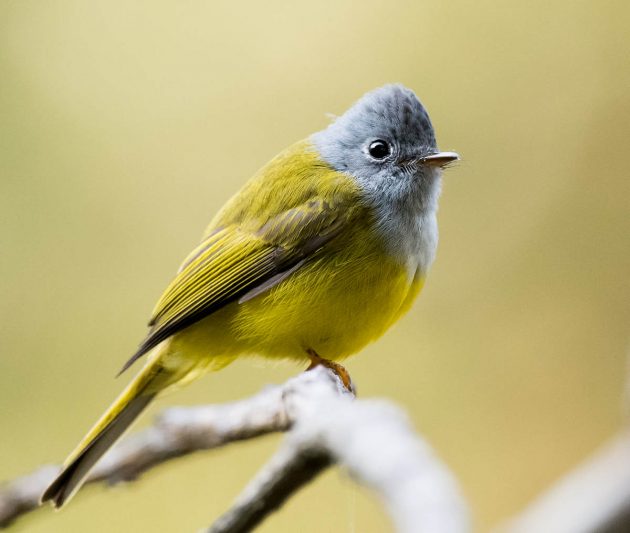













Bypassing pseudo-pornographic jokes about Japanese Tits, and going instead with pseudo-pornographic photos of Greater Coucals….. Well played! 😉
(nice photos!)